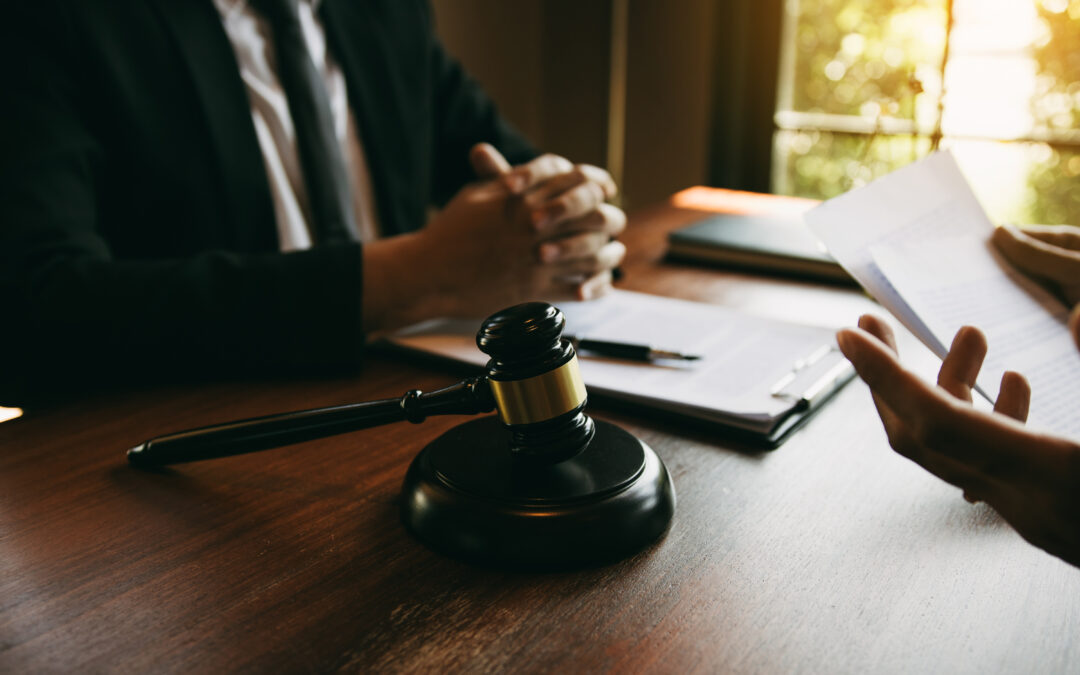Legacy litigation gives Louisiana landowners a way to force oil and gas companies to clean up pollution from past operations. Decades ago, these companies left behind unlined waste pits, corroded pipelines, and abandoned wells that have since leaked toxic chemicals into soil and groundwater. Two key laws, Act 312 and the upcoming Act 458, now govern who dictates cleanup efforts, how hard it is to win these cases, and what damages landowners can recover. Knowing the differences and the deadlines associated with this legislation helps you protect your land and your rights.
What Is Legacy Litigation?
When historic oil and gas operations dumped saltwater, drilling muds, and other toxic substances, those contaminants were able to seep into Louisiana’s farmland and wetlands. Landowners now face unsafe soil, polluted water wells, and lost property value because of those past practices. Legacy litigation addresses harm from those historic operations.
The Role of a Legacy Litigation Attorney
A Legacy litigation attorney guides landowners through complex cleanup cases. They order soil and water tests, hire environmental experts, and build your case file. They handle court or government hearings, press for fair cleanup plans, and fight for full payment of cleanup costs and damages. They work to ensure that landowners meet tight deadlines and stand a strong chance of restoring their land.
Act 312: The Current Law in Effect
Enacted in 2006, Act 312 gives courts the power to approve and oversee cleanup plans. Judges weigh expert testimony from both sides and pick the plan that best restores soil and groundwater. Landowners keep a strong voice in choosing how their land is cleaned.
Under Act 312, landowners need only show that contamination is “more likely than not.” This lower proof standard makes it easier to begin cleanup without lengthy battles over evidence.
Act 312 also aims for full remediation, returning land and water to safe, original conditions. Landowners are typically able to recover all reasonable cleanup costs plus damages for loss of use or value. There is no strict cap on these damages, so you can seek full payback for both cleanup expenses and economic harm.
Understanding the New Law, Act 458
Starting September 1, 2027, Act 458 transfers cleanup plan approval from courts to the Louisiana Department of Energy and Conservation. This group drafts cleanup plans courts must adopt unless you prove by strong evidence that a different plan is better.
Under the new law, it will be harder for a landowner to prove their case. They must show “clear and convincing” proof, which may be more difficult to show and might slow the litigation process.
Act 458 only allows for “risk-based” cleanup, meaning certain contamination may be allowed to stay in place if deemed safe. It also caps non‐remediation damages, including “loss of use,” at three times the land’s fair market surface value. Those limits can reduce payouts, and landowners may bear future monitoring or enforcement costs.
Act 312 vs. Act 458: Side-by-Side Comparison

Who Decides the Cleanup Plan
- Under Act 312, courts review and choose a cleanup plan based on expert testimony and a “preponderance of evidence” standard.
- Under Act 458, the government sets the cleanup plan. Courts must follow it unless a landowner proves by “clear and convincing evidence” that a different plan is better.
Burden of Proof
- Act 312 uses a lower burden of proof, where landowners need only show it is “more likely than not” that contamination exists.
- Act 458 raises the bar, so that landowners must meet “clear and convincing evidence” before courts can override the agency’s plan.
Cleanup Standards
- Act 312 aims for full remediation, restoring soil and water to safe, nearly original condition.
- Act 458 lets the government apply “risk-based cleanup,” leaving certain contamination in place if officials judge it poses minimal risk.
Limits on Damages and Costs
- Act 312 allows landowners to recover full economic losses and cleanup costs without a fixed cap.
- Act 458 caps loss-of-use and other non-remediation damages at three times the property’s fair-market value. Once the agency approves a plan, landowners must cover any future monitoring or enforcement costs.
Case Timing and Deadlines
- Act 312 governs all lawsuits filed today, with courts free to move ahead on cleanup while planning continues.
- Act 458 takes effect September 1, 2027, for any new suit filed on or after that date. Cases filed before then keep the stronger Act 312 rules. Under Act 458, courts must pause litigation until the agency finalizes its plan, extending case timelines.
What This Means for Louisiana Landowners
To put it simply, the current legislation under Act 312 gives landowners more control, lower proof requirements, and broader recovery potential, while Act 458 shifts power to regulators, raises proof hurdles, caps damages, and adds possible delays. In order to preserve stronger rights, landowners should meet with Legacy litigation attorneys soon to file suits before September 1, 2027.
Our team at Talbot, Carmouche & Marcello can help review your property’s history, conduct soil and water testing, and prepare a claim before the deadline. Protect your land, your family’s health and your economic future before it’s too late. Reach out now for a free consultation.

